- Joined
- Sep 17, 2008
- Messages
- 9,430
Gulf states!! Texas, Louisiana, Alabama, Florida. Non Gulf States!! Tennessee, North and South Carolina, Georgia
Whats up? There's snow talk in Florida plus freezing rain/ice and infrastructure here is just not built for that kind of thing.
I'm far enough south that I will only get rain and it will be a bit chilly but north is going to be a mess.
Whats up? There's snow talk in Florida plus freezing rain/ice and infrastructure here is just not built for that kind of thing.
I'm far enough south that I will only get rain and it will be a bit chilly but north is going to be a mess.










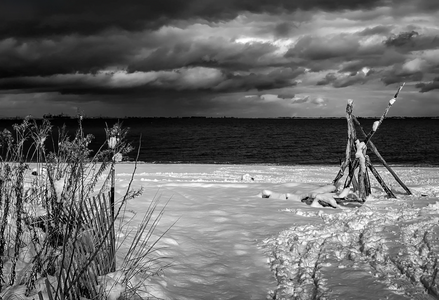

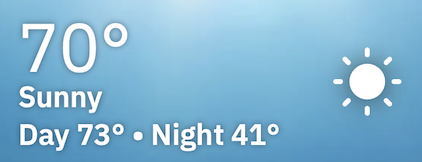



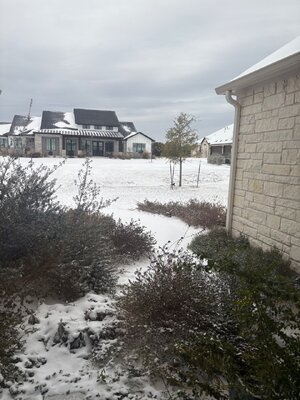


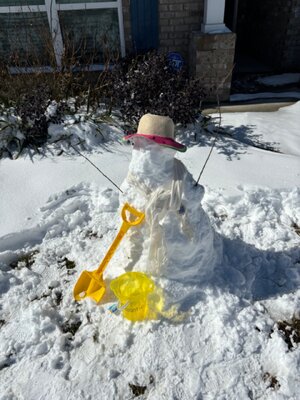
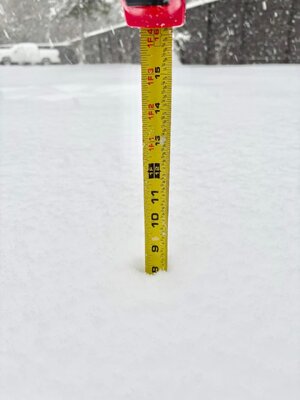
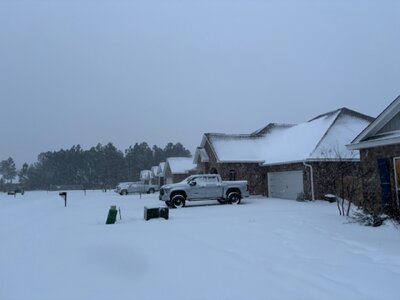


300x240.png)